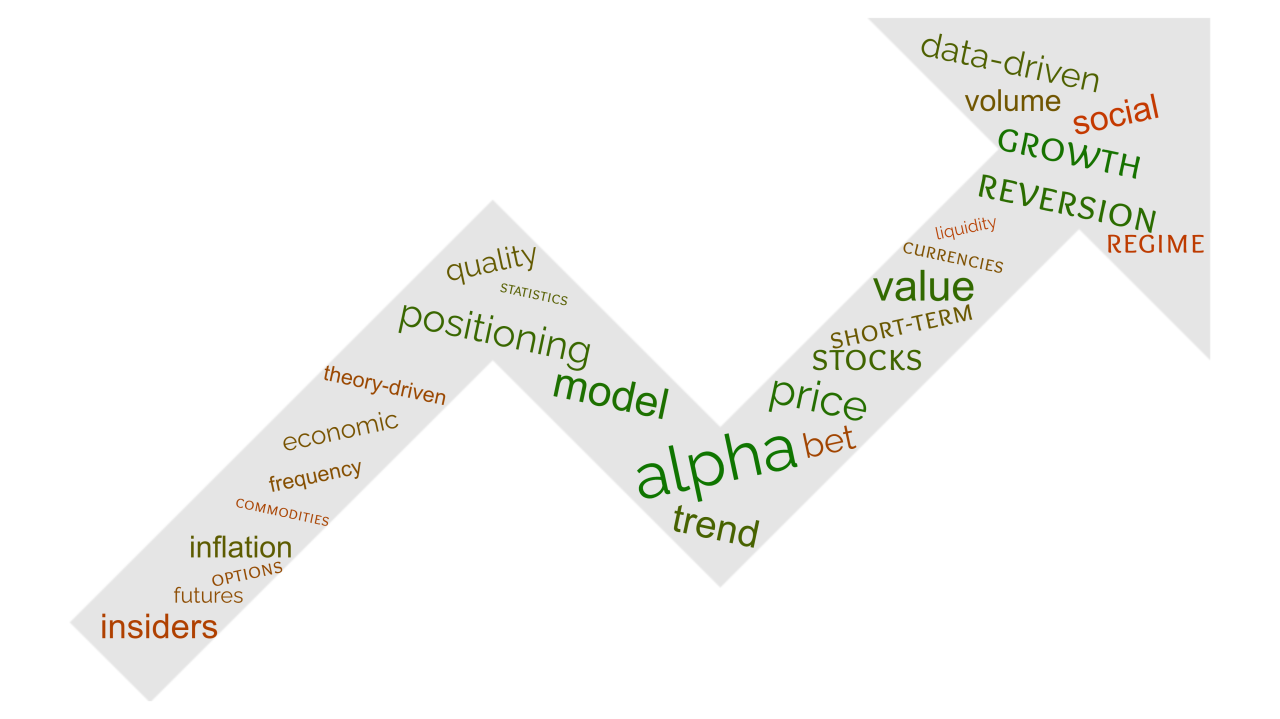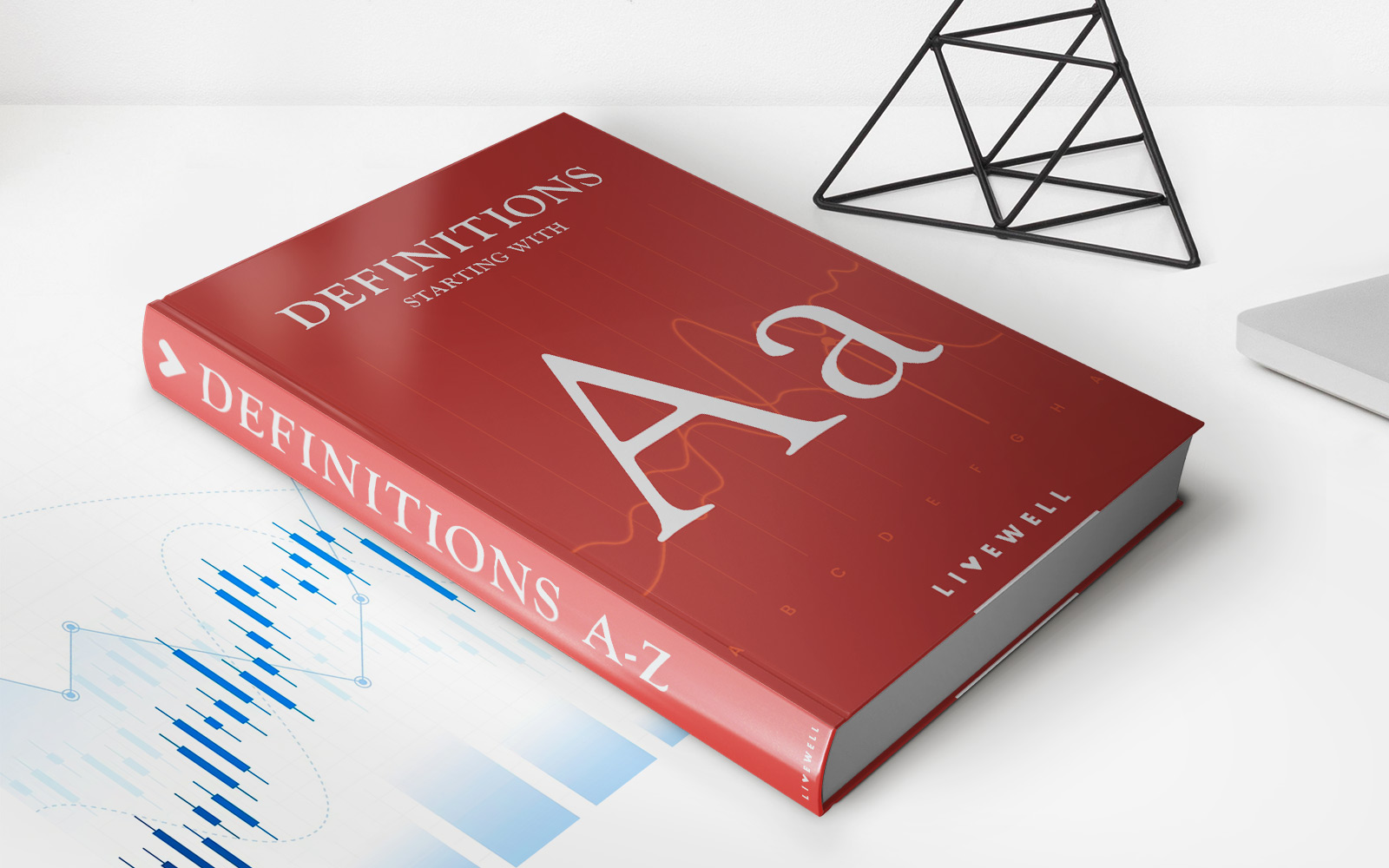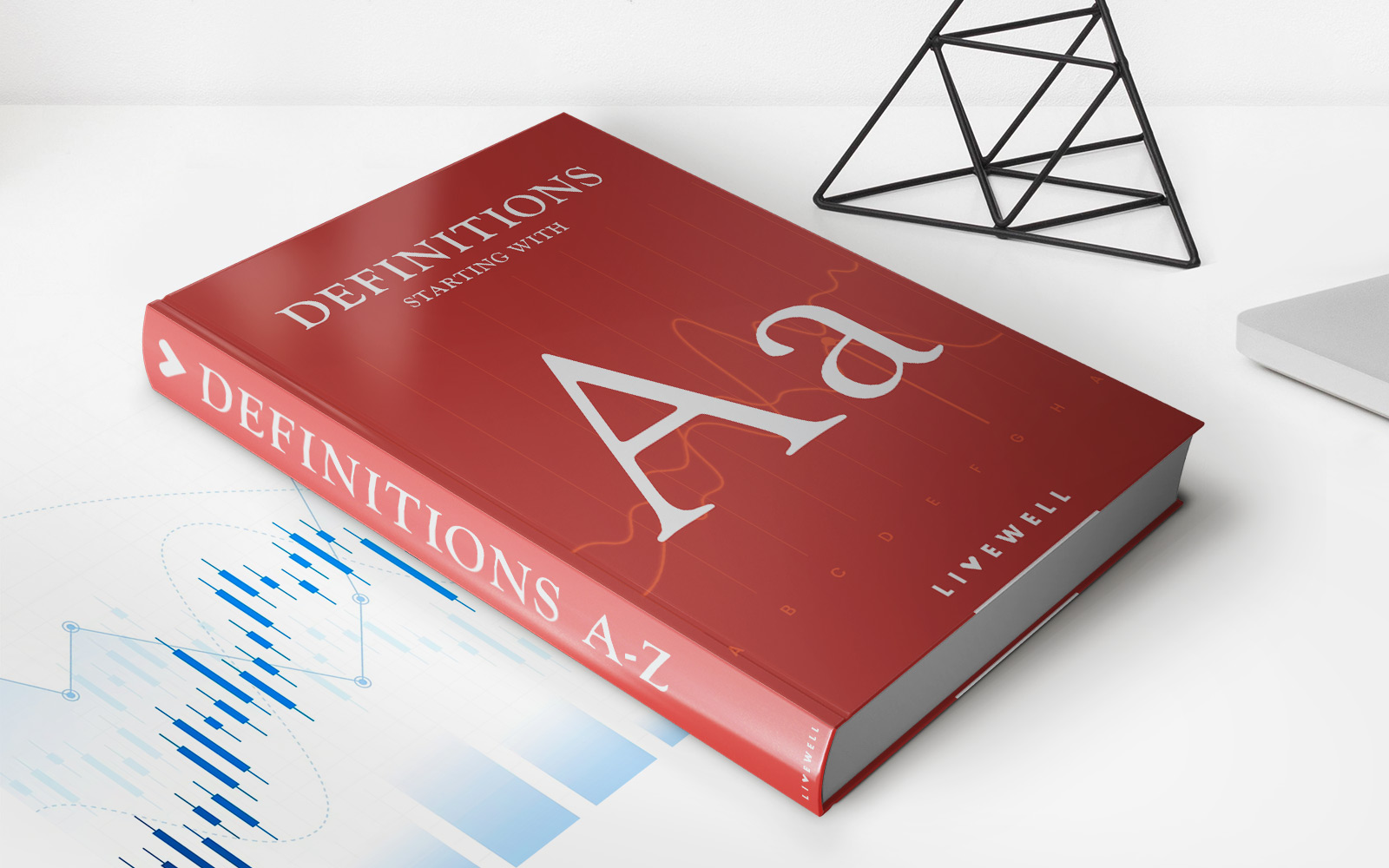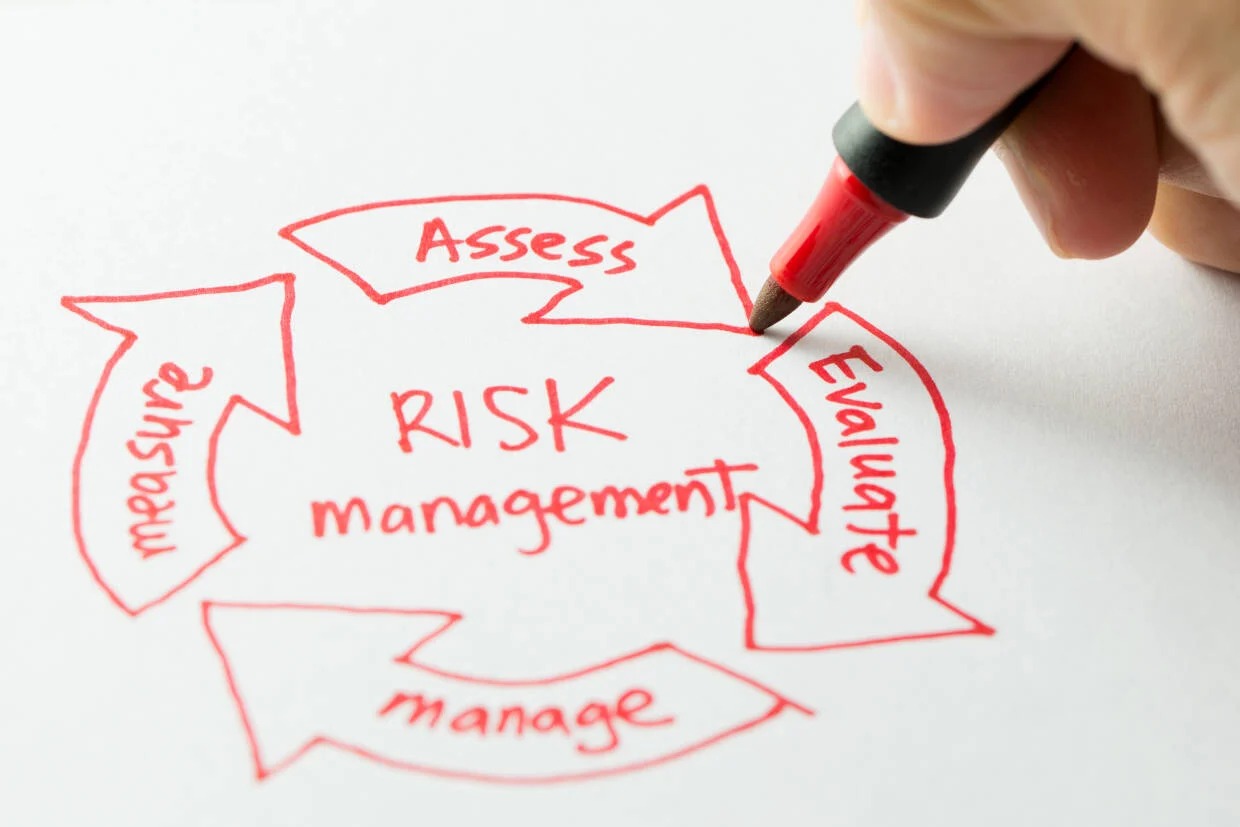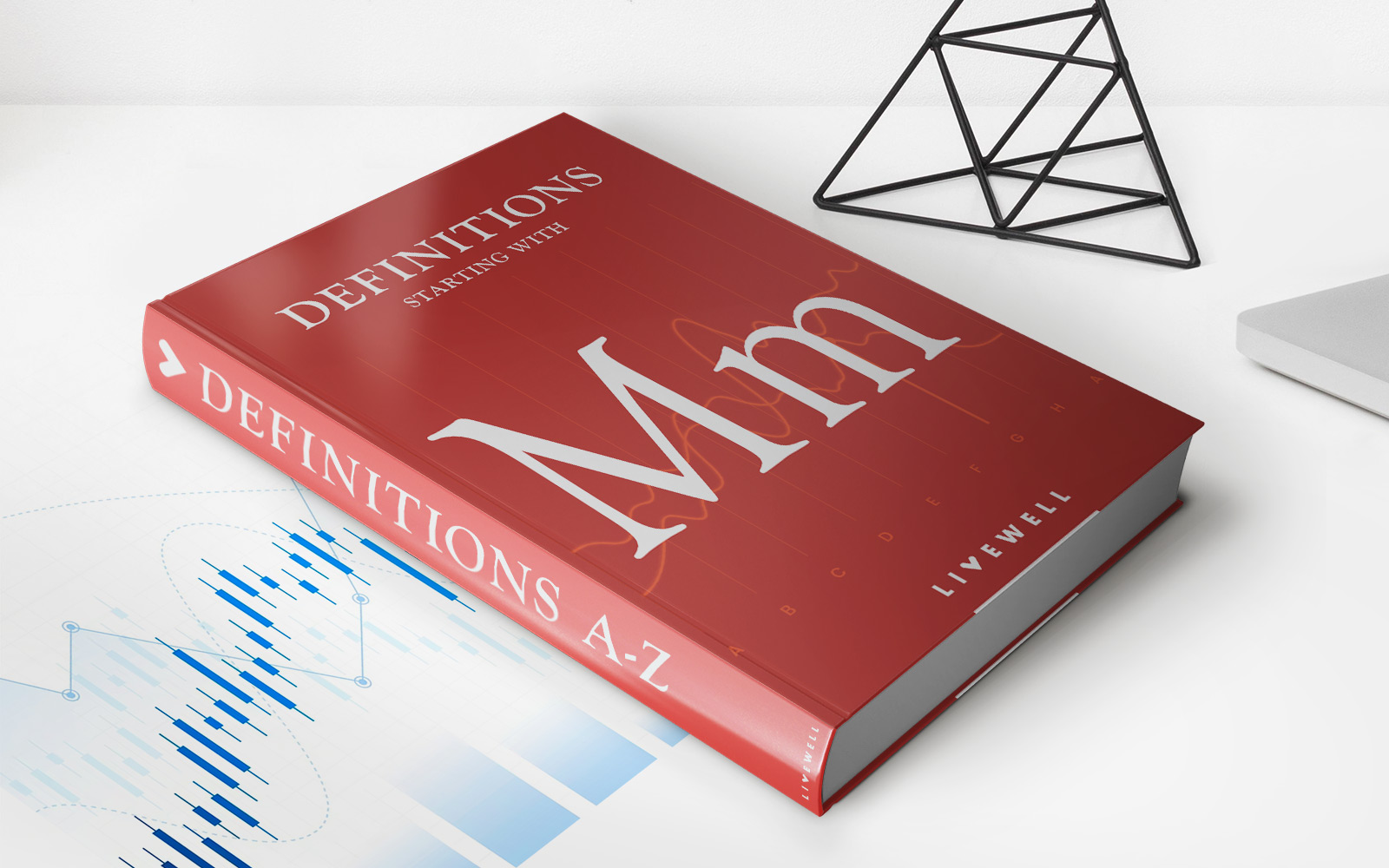Home>Finance>Default Risk: Definition, Types, And Ways To Measure
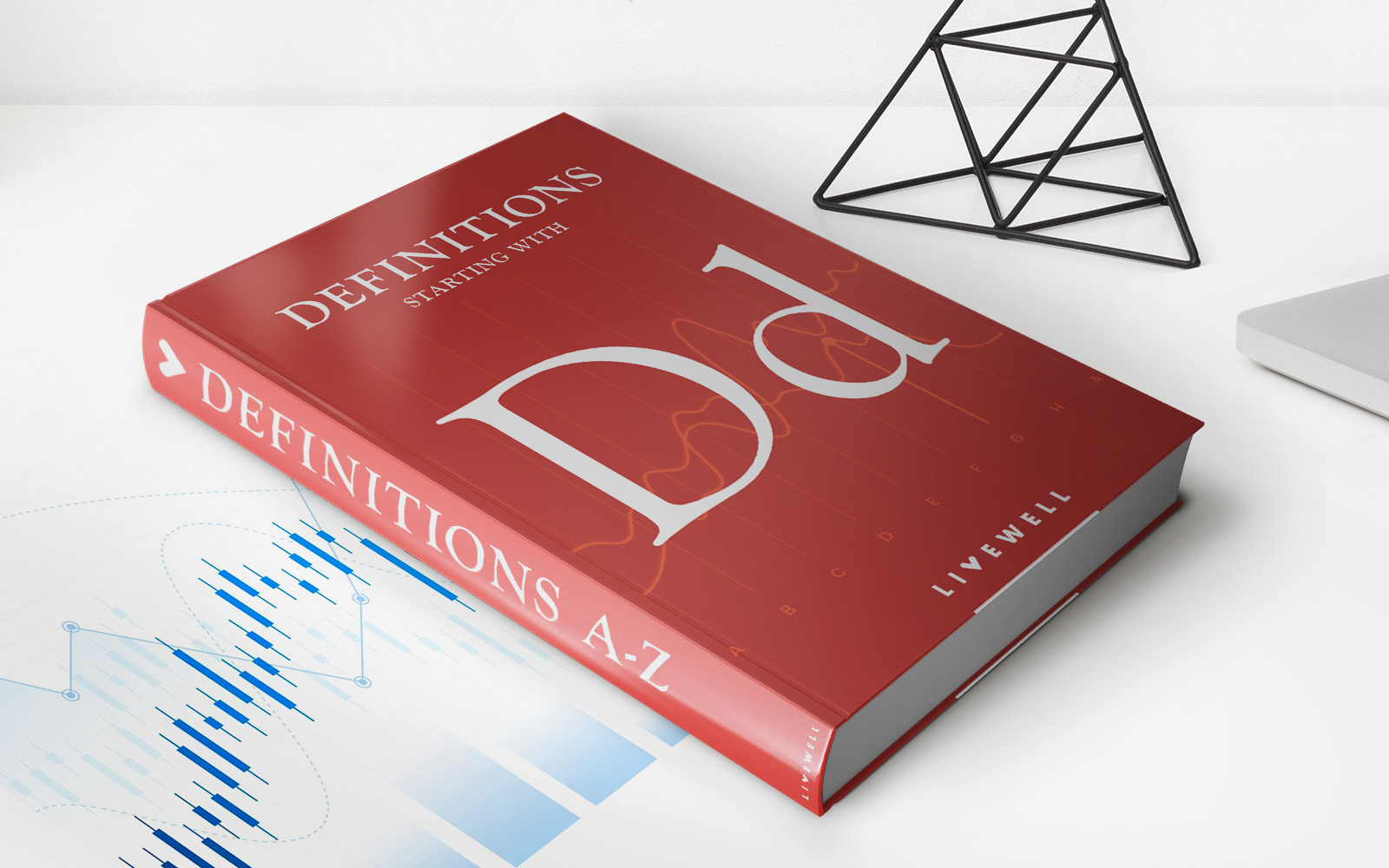

Finance
Default Risk: Definition, Types, And Ways To Measure
Published: November 9, 2023
Learn about default risk in finance, including its definition, types, and measurement methods. Enhance your financial knowledge with our comprehensive guide.
(Many of the links in this article redirect to a specific reviewed product. Your purchase of these products through affiliate links helps to generate commission for LiveWell, at no extra cost. Learn more)
Default Risk: Definition, Types, and Ways to Measure
When it comes to managing your finances, understanding default risk is crucial. But what exactly is default risk and how does it impact your investments? In this blog post, we will explore the definition of default risk, discuss different types of default risk, and delve into the various ways to measure this risk. By the end, you’ll have a better understanding of how default risk affects your financial decisions and how to protect yourself.
Key Takeaways:
- Default risk refers to the possibility that a borrower will fail to repay their debt obligations.
- There are different types of default risk, including credit risk, sovereign risk, and liquidity risk.
What is Default Risk?
Default risk, also known as credit risk or repayment risk, is the likelihood that a borrower will fail to make their scheduled debt payments. It is a crucial concept in finance, particularly when assessing the risk associated with investing in bonds, loans, or other debt instruments.
Default risk can arise from various factors, such as an individual or a company’s financial distress, economic downturns, or unexpected events. Understanding default risk allows investors and lenders to assess the potential losses they might face if the borrower defaults on their obligations, helping them make informed investment decisions.
Types of Default Risk
There are several types of default risk that you should be aware of:
- Credit Risk: This is the most common type of default risk and refers to the possibility that a borrower fails to repay their debt obligations. It can occur in consumer loans, corporate bonds, or any other type of loan.
- Sovereign Risk: This type of risk applies to loans made to governments. It considers the risk that a nation may fail to meet its debt repayment obligations due to political instability, economic factors, or policy changes.
- Liquidity Risk: Liquidity risk arises when a borrower is unable to meet their debt obligations due to a lack of cash or marketability of their assets. This can be a temporary issue caused by liquidity crunches or long-term insolvency.
Measuring Default Risk
Measuring default risk is a critical aspect of assessing the creditworthiness of borrowers. Here are some commonly used methods to gauge default risk:
- Credit Ratings: Credit rating agencies, such as Standard & Poor’s, Moody’s, and Fitch, assign ratings to borrowers based on their ability to meet debt repayment obligations. These ratings provide investors with an indication of the default risk associated with a particular borrower or security.
- Credit Spreads: Credit spreads, also known as yield spreads, measure the difference between the yield of a risky bond and a low-risk bond with similar characteristics. Widening credit spreads indicate higher default risk, while narrowing spreads indicate lower risk.
- Financial Ratios: Financial ratios, such as the debt-to-equity ratio, interest coverage ratio, and profitability ratios, help assess a borrower’s financial health and their ability to repay their debt. Lower ratios may indicate higher default risk.
In Conclusion
Default risk is an essential concept to understand when it comes to managing your finances and making investment decisions. By recognizing the different types of default risk and employing various methods to measure it, you can make more informed choices, minimize your exposure to potential losses, and maximize your financial returns.
Remember, default risk is an inherent part of investing, but by being aware of it and conducting thorough research, you can navigate the financial landscape with confidence.
